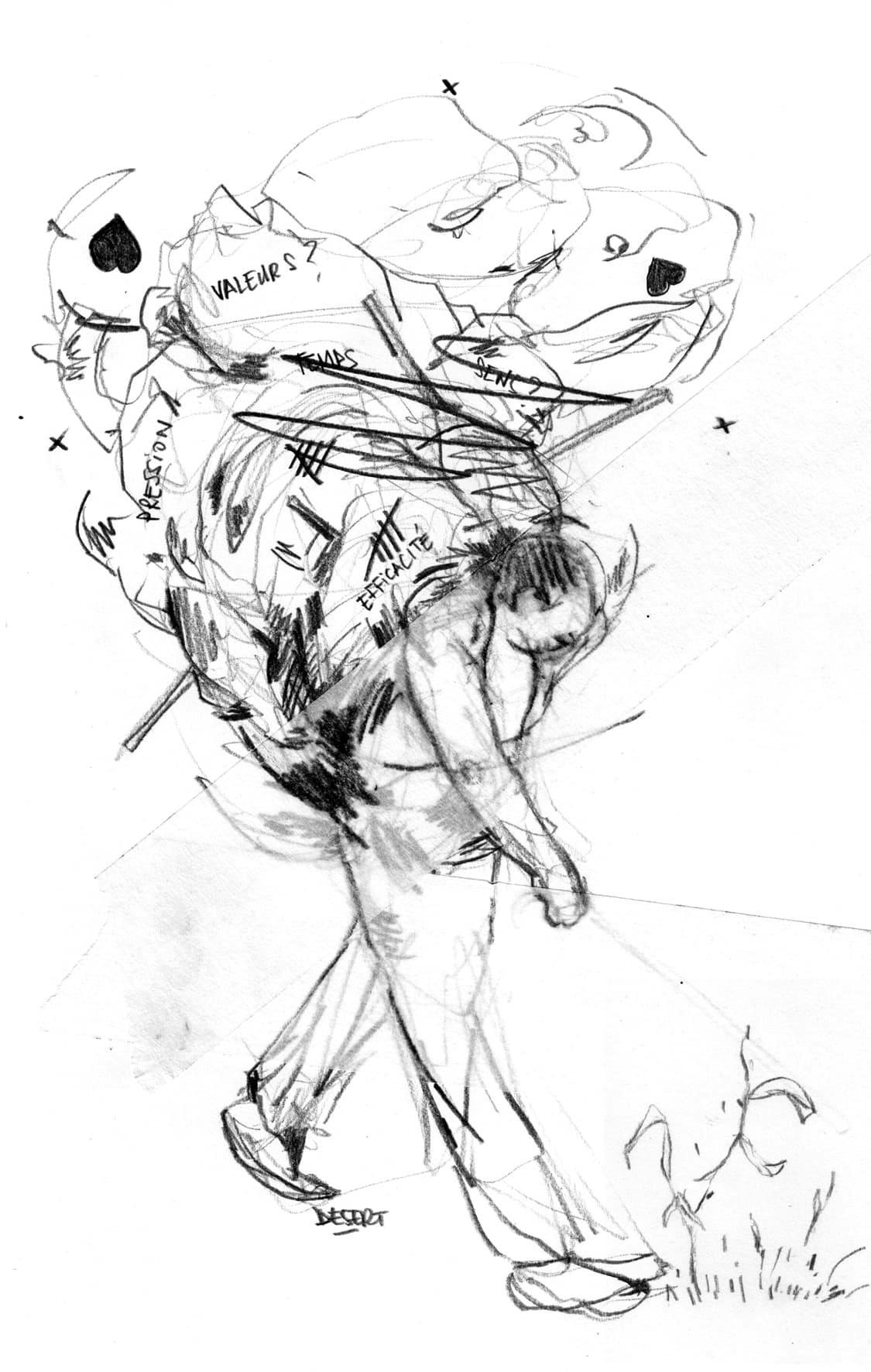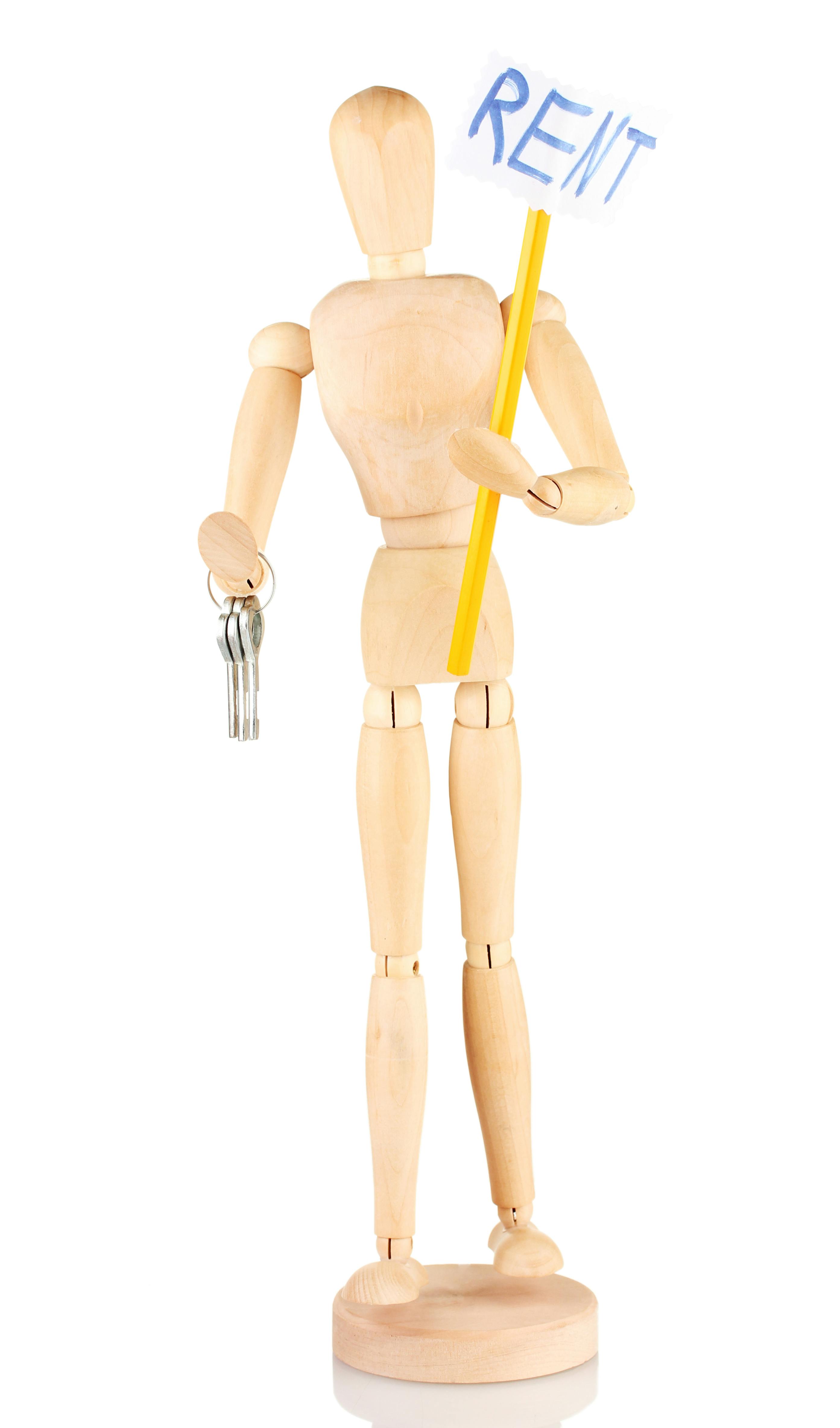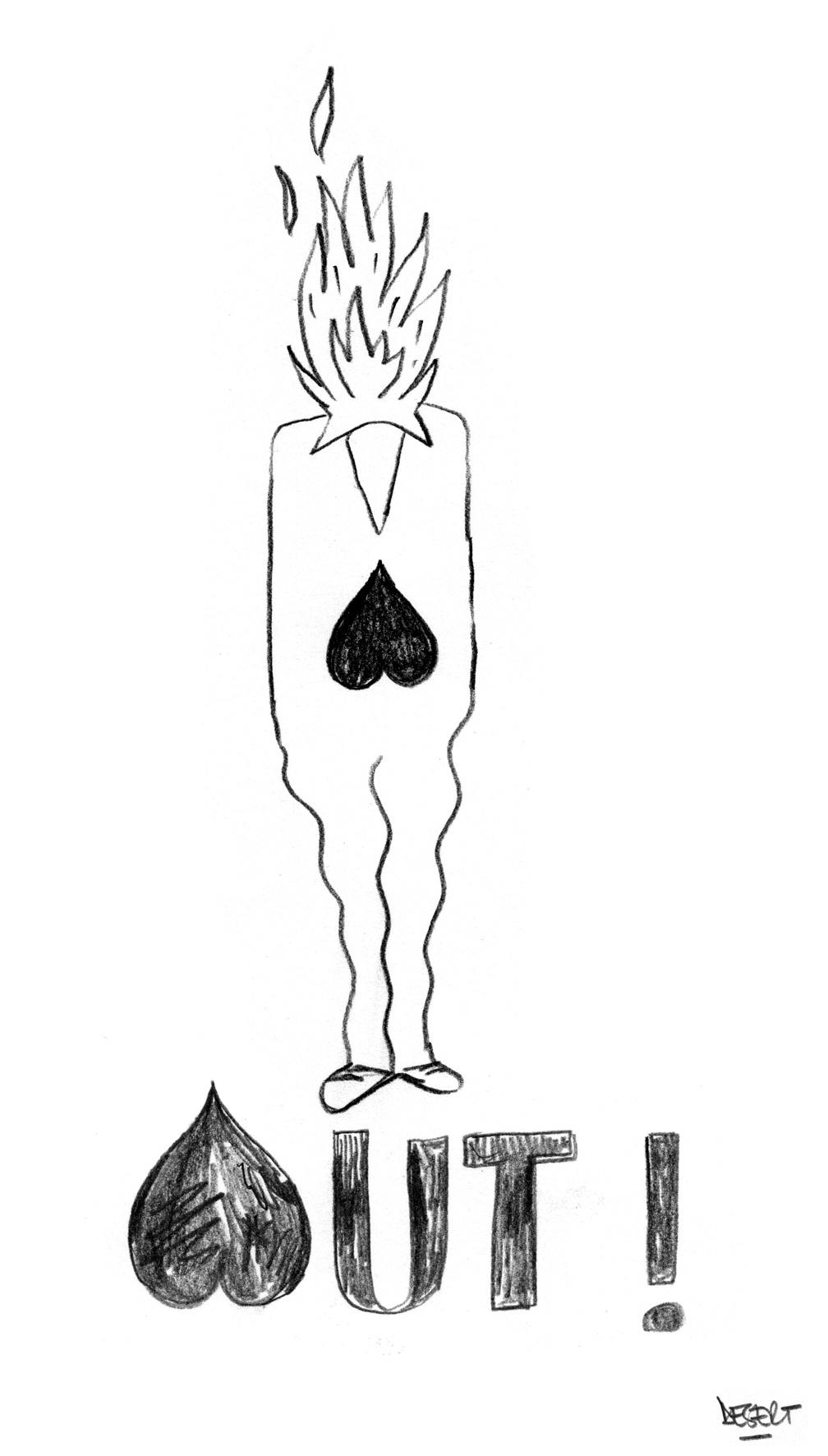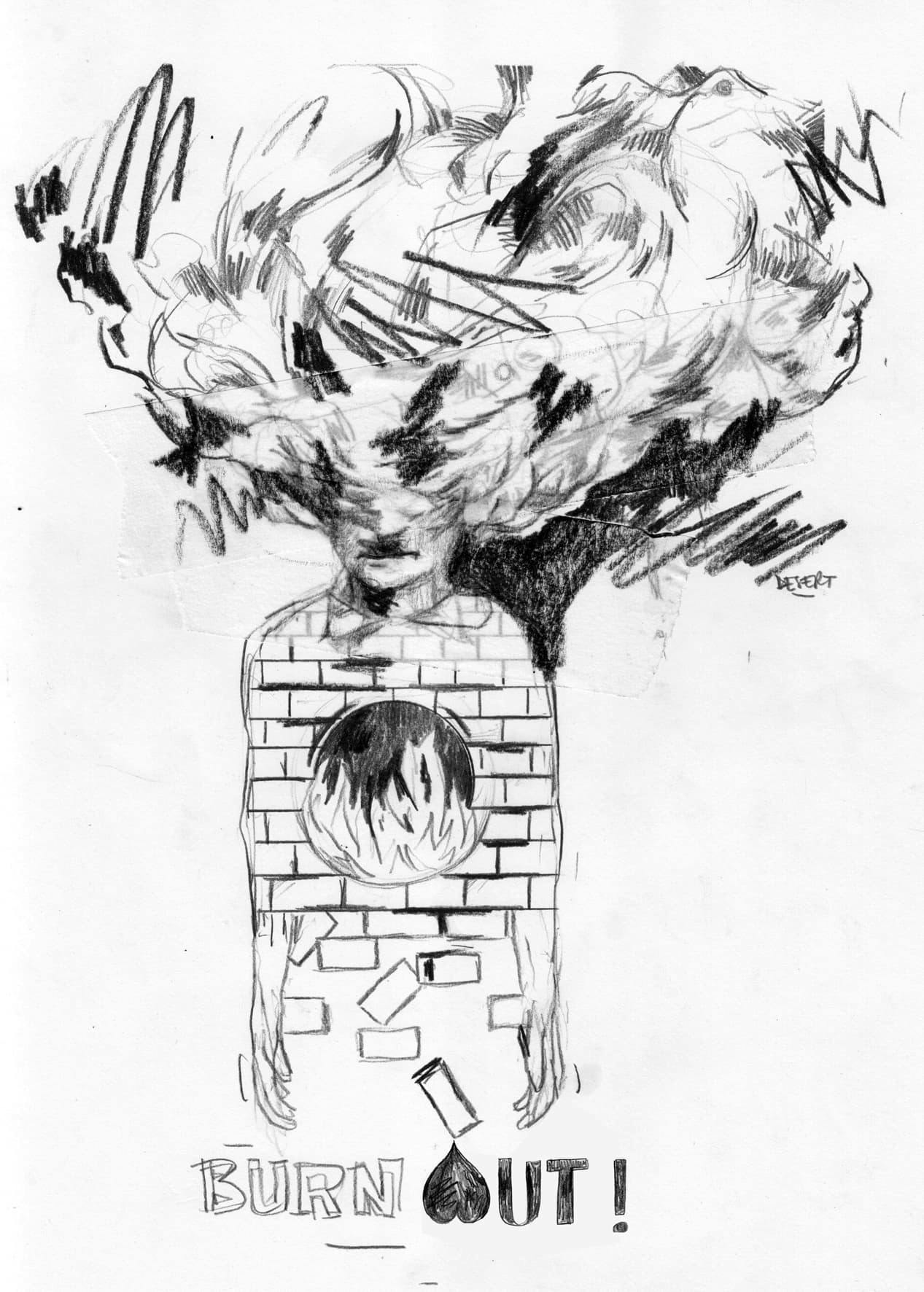
Rethink Culture to Drive Successful Transformations
Rethink Culture to Drive Successful Transformations
December 2025



May 2025

Am I burned out? How do you know? How can we anticipate it?
You hear people say, "I'm burned out." But what are they really about?
It's important not to reduce burnout to work overload. These are usually limited to physical aspects. The phenomenon of burnout is more complex. It includes an overall loss of energy that affects the physical, moral, and behaviors. Burnout is not just a fortnight's stoppage. It's that moment when, for months, you can't function. Where, at some point, your body said stop, brutally.
Géraldine, 45, shares with me: "Your body is telling you shit, you're lying in bed, look out the window and you watch the snow fall...".
However, before getting to that point, there are steps and signals to feel.

What if we stopped believing that burnout falls from the sky? It settles in, slowly, insidiously. The creator of the concept, Freudenberger, examined and described his own experience of exhaustion: twelve stages that form a cycle.
Why is this important? Because understanding this path means giving yourself a chance to act before the collapse.
The question is simple: at what stage are you at?
Of course, life is not as incremental as this list, but it is at least an indication of progress
Everyone goes through these stages at their own pace. This is why burnout is difficult to diagnose in a homogeneous way. You can progress differently through these stages, skip phases, or experience them with varying intensity.
With the injunctions "be perfect" and "be strong" you may deny or postpone certain symptoms. With the injunction "please", you will over-adapt and not know how to say stop to set your limits. Without attention to yourself, you progress on the 12-step ladder.
Some people only realize at stage 12. Others feel the shift much earlier: chronic fatigue, cynicism, loss of meaning.
So when someone says "I'm burned out"... What stadium is he really talking about?
And above all: how long did he ignore the signals before hearing his body say stop?
We could say, simplifying:
In my experience, in stages 8 and earlier, many people hide their symptoms from their professional entourage for fear of being labelled "burnout". They fear that they will simply be told: "take your sick days and come back to us in good shape", without any real solution and with the fear that "it will happen once but not twice, because during the absence it is the colleagues who will have to endure the workload". And in a competitive environment where colleagues are also suffering, they fear being seen as "weak" or "dead weights for the service".
And you, would you dare to talk about it... Or would you have the same fear?
From stage 8 onwards, it is increasingly difficult to hide. The physical and psychological state at which one is at this stage is difficult to reconcile with work. Generally, those around you call out to you, whether it is a colleague or someone close to your family environment. I have in mind the image of a boxer for whom the trainer throws in the towel in the ring in order to stop the match.
In stage 12, your body makes the final decision for you. I will refrain from a new metaphor...

· Prevent from the first signals, not wait for the collapse.
· Be surrounded by a caring environment, at work and in personal life.
· Be accompanied by a specialist trained to recognize these invisible dynamics.
The real challenge for high-performance teams? Create environments where it's okay to say "it's not okay," it's okay to slow down, and it's okay to ask for help. In this case, it is a question of creating a culture of learning and collective intelligence with the integration of everyone's diversity. But you're going to tell me that it's not possible or that your company doesn't have the time for it because there are too many organizational constraints. And if you had the choice... What would you do?
Yes. And there are several.
The first test is listening to your body.
Then the cognitive test I propose below is the BAT (Burnout Assessment Tool). To date, this is the test I recommend for assessing burnout complaints. There are other quality ones but this one is complete and practical at the same time. In addition it was made by Belgian compatriots ;-). That's another debate, but I would say that the issue of burnout also affects cultural sensitivities (what do you think?).
If you want an alternative, the most widely used test in the world is the Maslach Burnout Inventory (MBI). You will find the different forms (MBIHSS for human service professionals, MBIES for teachers, MBIGS general purpose, MBIGSS for students, etc.) as well as purchase, licensing or digital administration options
Use these tools, but with a grain of salt. And if you still have any doubts, talk about it, share your feelings with a qualified professional. Nothing replaces a human exchange.
An assessment tool, not a diagnosis. It measures your complaints, not the causes. It doesn't say if you're depressed, workaholic, or disengaged. For a real diagnosis? It requires a thorough evaluation, face-to-face with a qualified professional, a doctor for example.
The BAT was developed by researchers at the KU Leuven University in Belgium.
They propose to use the name "work experience survey" or "well-being survey" for use in companies, to avoid the sometimes heavy connotation of the word burnout. It should be noted that for professional use in companies, this survey is subject to copyright.
There are two formats:
· full (23 questions),
· short (12 questions, those with the asterisks (*) )
I recommend the short version if you use it as a team (as an internal barometer) and the long version if you do it individually or with your loved ones (more in-depth exchange).
Take a quiet moment. Answer with sincerity. This test is a mirror, not a judgment.
The questions cover 4 major symptoms, plus 2 secondary ones.
Here is the full review.
For the short version, take only questions 1,3,4,9,11,13,14,17, 18,19,20 and 22.
Each question is graded from 1 (Never) to 2 (Rarely), 3 (Sometimes), 4 (Often), 5 (Always).
1. Exhaustion
Q1 At work, I feel mentally exhausted*
Q2 Everything I do takes a lot of effort
Q3 After a day, I have trouble recovering my energy*
Q4 I feel physically drained*
Q5 When I get up in the morning, I lack the energy to start my day
Q6 I want to be active but I can't
Q7 When I make efforts, I get tired quickly
Q8 At the end of the day, I feel drained
2. Mental distance
Q9 I'm having trouble finding enthusiasm for my work*
Q10 I am on autopilot
Q11 I feel a strong aversion to my work*
Q12 I feel indifferent
Q13 I am cynical about the meaning of my work*
3. Cognitive difficulties
Q14 I have trouble staying focused*
Q15 I have trouble thinking clearly
Q16 I'm distracted, I'm forgetting things
Q17 I lose concentration easily*
Q18 I make mistakes because my mind is elsewhere*
4. Emotional difficulties
Q19 I can't control my emotions*
Q20 I don't recognize myself in my emotional reactions*
Q21 I get irritable when things don't go as planned
Q22 I am sad or upset for no reason
Q22 I overreact, unintentionally*
5. Secondary symptoms
You calculate the average of your answers. The closer you are to 5, the more intense your symptoms.
· Green (no risk of burnout): 1.00 – 2.58.
· Orange (present risk): 2.59 – 3.01 Be vigilant, adjust your priorities.
· Red (very high risk): 3.02 – 5.00 Stop. Don't wait, ask for help.
I suggest that you take a step back and see the result as a photo of your current state, it is not a sentence or an official diagnosis. In other words, a score of 4 or 5 does not say that you are burned out, but that if you do not change something, you are at risk of becoming one. But if you're at 4 or 5, I'm curious to know how you're able to continue at this pace. It's possible but... For how long? These questions help you put your feelings into words. To become aware. And sometimes, it's already the first step to getting better.
So, what about you? Are you into green, green, orange or red?
The real issue? Create environments where it becomes acceptable to talk, to listen to what is wrong, where it is sustainable to slow down, and normal to ask for help to be able to create a sustainable performance.
Before determining the possible actions at the level of teams and individuals, I suggest that you take some time to analyze the deep roots of this exhaustion? Explore the societal, organizational, and personal causes of burnout.

Read more:
Burnout: the real causes revealed. Exploring root causes

Did you like this article?

Rethink Culture to Drive Successful Transformations
December 2025


Burnout is rising worldwide. From Gallup to McKinsey, discover what the data — and the lack of it in Luxembourg — really reveals about workplace stress.
May 2025


Beyond the numbers: definition of burnout, symptoms vs. boreout, and lived experiences to spot risks early and avoid collapse.
May 2025
